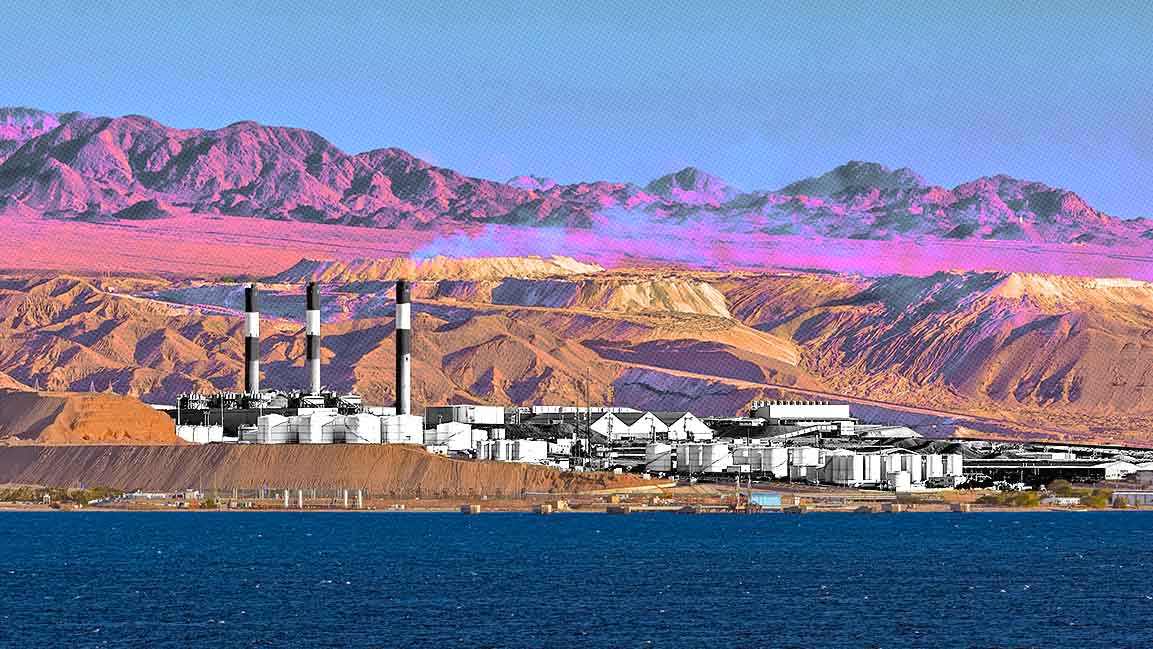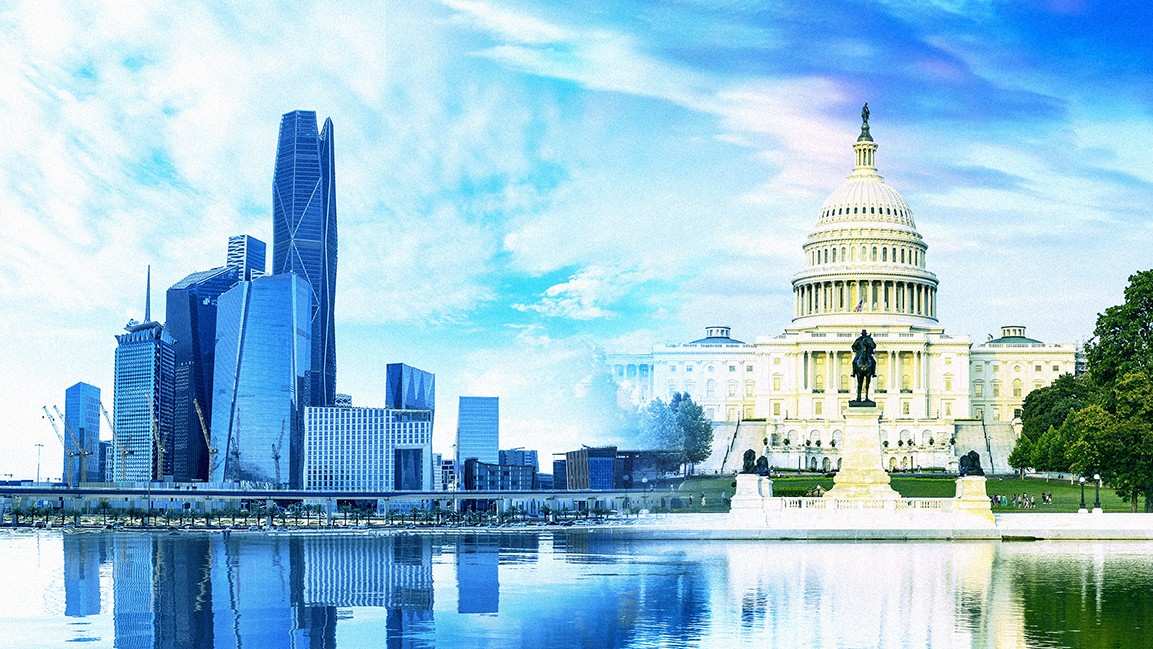- | 11:46 am
Saudi Arabia tackles invasive species to power $5.87 billion blue economy vision
This initiative aims to build a knowledge base that will support environmental protection and economic sustainability.

As part of its Vision 2030 goals to diversify the economy and enhance sustainability, Saudi Arabia is intensifying efforts to protect its marine ecosystems. With vast coastlines along the Red Sea and Arabian Gulf, the Kingdom’s marine ecosystems play a critical role in supporting key industries such as fisheries, aquaculture, shipping, and coastal tourism. Central to this vision is the concept of the blue economy — a sustainable use of ocean resources that is projected to contribute $5.87 billion and create 100,000 jobs by 2030.
A major obstacle to this vision is the spread of invasive marine species, often introduced through global shipping and aquaculture. These species can disrupt native ecosystems and cause significant economic losses.
To tackle this challenge, King Abdullah University of Science and Technology (KAUST) has partnered with the National Center for Wildlife (NCW) to monitor and assess invasive species in Saudi waters. The initiative aims to build a knowledge base that will support environmental protection and economic sustainability.
“Protecting marine ecosystems is vital for growing sectors such as coastal tourism and aquaculture,” said Dr. Mohammed Qurban, CEO of NCW. “The research partnership with KAUST will help the Kingdom develop scientific assessment tools, risk models, and early warning systems to anticipate environmental challenges.”
As part of the project, researchers surveyed 34 sites along the Red Sea and Arabian Gulf, collecting over 10,000 marine samples. These efforts identified about 200 potentially invasive species, including more than 70 non-native organisms already present in local waters.
In May, NCW staff participated in a KAUST-led workshop that covered risk assessment protocols and training in advanced technologies, such as environmental DNA (eDNA) analysis, for early detection of marine threats.
This collaboration is seen as a model for how research institutions and government agencies can work together to protect biodiversity and support the long-term growth of the blue economy. By combining scientific innovation with national policy, Saudi Arabia is positioning itself as a regional leader in sustainable marine development.































